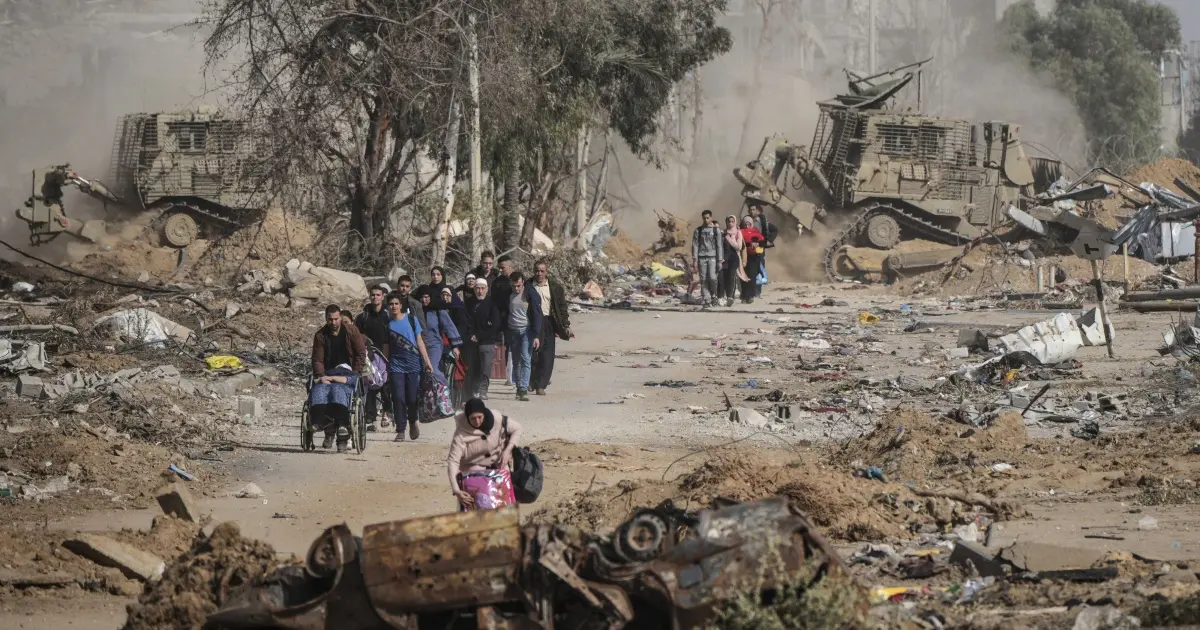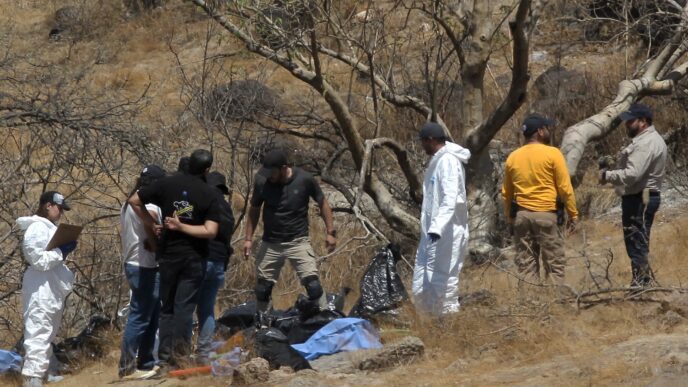Humanitarian aid entering Gaza remains drastically below pledged levels, according to new UN data analysed by AFP. Despite promises of 600 aid trucks per day under the ceasefire deal brokered by US President Donald Trump, fewer than 100 UN-operated trucks have been entering the enclave daily since the truce began earlier this month.
Between October 10 and 21, Israel authorised an average of 1,011 tonnes of aid — equivalent to 94 trucks per day — compared to 700 tonnes daily before the ceasefire. While this marks a slight improvement, it is still far from sufficient to meet the dire humanitarian needs in Gaza.
“The situation still remains catastrophic because what’s entering is not enough,” said World Health Organisation chief Tedros Adhanom Ghebreyesus on Thursday. “There is no dent in hunger because there is not enough food.”
The International Court of Justice (ICJ) recently ordered Israel to ease restrictions on aid, stressing its obligation to ensure Palestinians have access to life-sustaining resources.
The UN’s “2720 Mechanism for Gaza,” established in May to monitor aid deliveries, found that the busiest day for humanitarian entry since the ceasefire was October 16, when 206 trucks entered Gaza. However, UN Humanitarian Chief Tom Fletcher said the current inflow is “a fraction of what’s needed,” with only “tens of trucks on a good day rather than hundreds.”

According to AFP’s analysis, if aid continues at the present rate, it would take over six months to deliver the 190,000 tonnes of supplies currently awaiting clearance by Israel.
More than 93 percent of aid entering Gaza consists of food, while just 1.7 percent is nutrition-specific assistance for vulnerable groups such as malnourished children and pregnant women. Since the UN declared a famine in Gaza on August 22 — the first in the Middle East — about 1,000 tonnes of nutrition supplies have been sent in.
The World Food Programme (WFP), which operates nearly 70 percent of all tracked aid deliveries, said it has provided food for roughly half a million people for two weeks since the ceasefire. However, at around 850 tonnes of food entering daily, deliveries remain far below the WFP’s target of 2,000 tonnes a day.
Fuel supplies have also fallen short of humanitarian needs. The UN reports an average of 164,000 litres entering Gaza daily — far less than the 270,000 litres required each day to sustain relief operations.
Since monitoring began in May, much of the aid entering Gaza has failed to reach its intended recipients. According to the UN, some shipments have been intercepted “either peacefully by hungry people or forcefully by armed actors during transit.”


 Trending
Trending 













